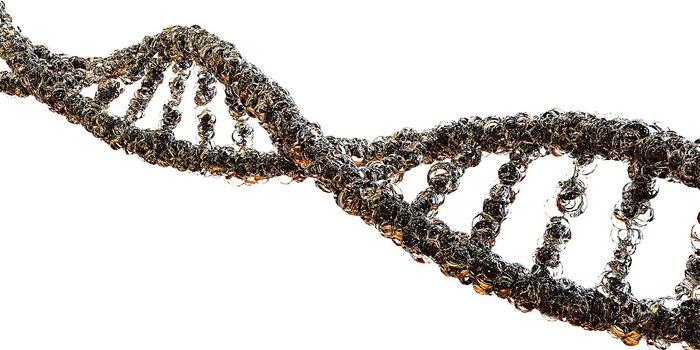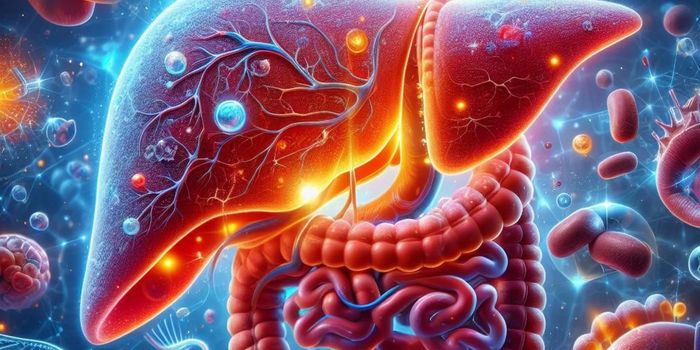An Understudied Hormone Improves Function of Insulin
Hormones are chemical messages that send signals throughout the body. They work slowly and affect body growth, development, metabolism, sexual function, mood, and other functions. Many medications are employed to regulate hormones for different purposes, including ovulation cycles, growth and development, and sugar uptake. Insulin is one hormone used to help cells obtain glucose or sure to perform normal functions in the body. A lack of insulin results in the inability of cells to take up sugar and function properly. This dysregulation of insulin is also known as diabetes, where patients need injections of insulin or an insulin pump to allow their bodies to breakdown sugar for cell uptake since there is no cure. Diabetes can be hereditary or the result of lifestyle choices that lead to obesity which is a major risk factor for diabetes. Unfortunately, over 500 million people in the world suffer from diabetes, and over 2 billion people are overweight. Interestingly, insulin does not function as well in overweight individuals as those that are in the average body mass index (BMI) range. Therefore, many researchers are studying better ways to treat diabetic patients and improve their quality of life.
Recently, a group at the University of Copenhagen’s Department of Nutrition, Exercise, and Sports (NEXS) published an article on how growth differentiation factor-15 (GDF-15) sensitizes animals to insulin. GDF15 is commonly found in the blood and is increased due to stress or disease, including heart disease, cancer, or pregnancy. There is limited information on the GDF15 stress hormone because of its role in a broad range of physiological states. However, we know that the healthier a person is, the lower their GDF15 levels are compared to older individuals or those with cancer or heart disease. Interestingly, GDF15 is extremely elevated in pregnant women. At this time, it is still unclear the role of GDF15 in these different physiological states.
The article published by Dr. Erik Richter and others in Cell Metabolism shed more light on the role of GDF15 and insulin. Researchers reported, for the first time, that the hormone GDF15 sensitizes animals to insulin, improving their ability to regulate blood sugar and absorb nutrients.
Previous work showed that GDF15 caused obese animals to significantly lose weight. The hormone acted as an appetite suppressor. In the current study, researchers gave GDF15 to lean animals and found it improved the function of insulin. Specifically, the liver and fatty tissue became more sensitive to insulin after the GDF15 dose. Insulin sensitivity is the ideal goal because it can help animals absorb nutrients and breakdown sugars. This could further be applied to diabetic patients to help control their disease. In humans GDF15 has been used to suppress appetite but had limited success due to nausea. Although GDF15 increases insulin sensitivity in animals, it is still unclear the affect the hormone has on insulin in humans and remains to be studied.
The work done by Richter and others was the first to demonstrate that GDF15 sensitizes animals to insulin, making it easier for animals to break down sugars. Although there needs to be further investigation about how the hormone works and its response in humans, GDF15 provides hope for improved treatments for diabetic patients.
Article, University of Copenhagen, NEXS, Cell Metabolism, Erik Richter








